Whoever said marketing isn’t measurable hadn’t been introduced to the world of analytics. By definition – http://en.wikipedia.org/wiki/Analytics , “Analytics is the discovery and communication of meaningful patterns in data. Especially valuable in areas rich with recorded information, analytics relies on the simultaneous application of statistics, computer programming and operations research to quantify performance. Analytics often favors data visualization to communicate insight.” A little wordy, but in summary – Analytics is the visual representation of data… in this case, marketing data.
Let me break it down. Imagine you bring in cookies to work every day for a week. You’ve brought 1 dozen chocolate chips cookies, 1 dozen raisin cookies (ugh…), and 1 dozen sugar cookies every day. By the end of each day, you’ve got various amount of cookies left… 2 chocolate chip cookies, 10 raisin cookies, and 4 sugar cookies. Every day that week, you keep a chart of the cookies that were left over. By the end of the week, you can analyze your cookie data – 90% of chocolate chip cookies were consumes, 64% of sugar cookies, and 23% of raisin cookies.
What did you learn? People love chocolate chip cookies and don’t care for raisin cookies. Now what would you do the next week you brought cookies? If you were smart, you would bake more chocolate chip cookies and fewer raisin cookies. You’ve just analyzed your own cookie data.
Now apply this to the world of your marketing efforts. If you’re not tracking your marketing data, you’re bringing in raisin cookies when people only want chocolate chip. It wastes not only your time, but also your money and your efforts. By correctly using analytics, you are working smarter for better results without having to work harder for mediocre results. Now, let’s talk about how to get to working smarter.
Using Google Analytics for your Restoration Website
The easiest way to implement analytics today is by utilizing the FREE tool Google provides called “ Google Analytics – http://www.google.com/analytics/features/analysis-tools.html .” By now, you should know the power of the internets, so having a great brand presence in the #1 search engine in the world is imperative. Google analytics allows you to see a whole tool set of data about your website and website traffic (the people clicking onto your website).
Updated in real time, Google’s analytics feature allows website owners to see incoming traffic, traffic sources (where people are finding your website), keywords (what people searched for to find your website), bounce rates (where people are clicking off of your website… this is a bad thing and you’ll want the number to be low), new visitors (people clicking on your website for the first time), returning visitors (people clicking on your website for a second, third, etc time), and more. And did I mention, it’s free?
To get started on this, use your Google account to log into the analytics dashboard – https://www.google.com/analytics . Follow the onsite instructions to add the tracking code to your website (if you have a webmaster, they should know what to do here… if they don’t, it may be time to find a new webmaster). Once the code is installed, you’ll start tracking your Google analytics that day!
Using Analytics to Track Your Marketing Efforts
As with any restoration company, it’s not just an online marketing effort. A majority of marketing implementation takes place face to face, on the road, at an expo, in a meeting, etc. This is where consistent, detailed notes are imperative (check out 5 apps to scan your business cards right from your phone).
Newsletters
When you sent out your last newsletter, did you check your click-open rates? Which links did they click on? Did they forward the email? Remember, most online newsletter websites (see our article on 3 newsletter websites we recommend) provide excellent tracking analytics that will tell you all this and more. By analyzing the newsletter, you’ll be able to see what information people are reading, what they don’t care for, and how to better write up your next newsletter!
Spreadsheets
Yes, back to spreadsheets… sorry for those who hate excel. But by tracking where your marketing dollars are going and conversely which of the dollars are coming back in the form of leads, you can better tailor your marketing budget. Let me introduce you to my rule of 3. If you have a minute, right down all your marketing expenditures if you haven’t already. Done? Good. Now, circle what you think are the 3 leading sales generators. Analytics will take the guess work out of that. Start today and tracking incoming leads. Ask the leads where they heard of you – internet, referral, newsletter, online ad, newspaper? Be specific. Once you’ve gathered enough data, cut out the 3 bottom lead generators and pour those extra marketing dollars into your top three generators. Over the course of months, track your leads. Are the top 3 generators increasing your leads? They should be. Using analytics will tell you the who, what, where, when and why of your marketing budget.
Followup
Some of the truest for of analytics is the followup. Follow up with attendees to your CE Class and ask them straight up – did you enjoy the course? What could we have done better? What would you like to see? I like to title these analytics as “feedback analytics,” and it’s some of the most powerful form of analytics because it is coming straight for your client. The key? Don’t be afraid to followup. This is the most important information you could possibly gather. Ask much and ask often. The more data you have, the better analytics you’ll be able to, well… analyze.
By keeping a thumb on your analytics you can really transform your marketing efforts in a short amount of time. You can take an overweight, lazy marketing plan and turn it into a lean, mean marketing machine just by having the right data! Have you had experience with outsourcing your marketing analytics? What are your recommendations?
FAQ
What are analytics?
Analytics refers to the process of collecting, measuring, analyzing, and interpreting data in order to gain insights and make informed decisions.
What types of data can be analyzed?
Any type of data can be analyzed, but the most common types are website traffic, user behavior, social media engagement, and sales data.
What are some benefits of using analytics?
Using analytics can help businesses understand their audience, improve their marketing strategies, optimize their website and user experience, and make data-driven decisions.
How do you set up analytics for your website?
The most popular tool for website analytics is Google Analytics, which can be set up by creating an account, adding a tracking code to your website, and configuring your account settings.
How do you analyze and interpret data?
Data can be analyzed and interpreted using various tools such as charts, graphs, and dashboards. It’s important to identify trends, patterns, and outliers in the data to gain insights and make informed decisions.
How can analytics be used to improve marketing strategies?
Analytics can be used to track website traffic, user behavior, and social media engagement to identify what’s working and what’s not. This information can be used to optimize marketing campaigns, target specific audiences, and improve overall performance.
How can analytics be used to improve website user experience?
Analytics can be used to track user behavior on a website, such as how long they stay on a page or which links they click on. This information can be used to optimize the website’s design and user experience to improve engagement and conversions.
What are some common analytics tools?
Some common analytics tools include Google Analytics, Adobe Analytics, Mixpanel, and Kissmetrics.
How often should you review your analytics data?
It’s recommended to review your analytics data regularly, such as weekly or monthly, in order to stay up-to-date on performance and make informed decisions.







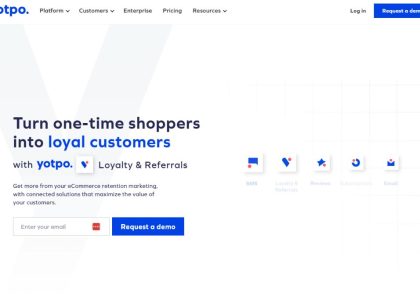
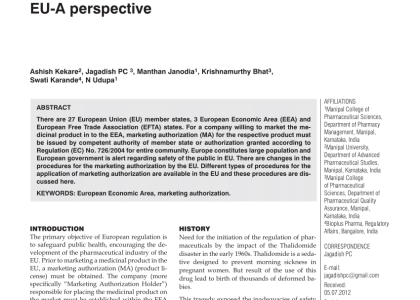
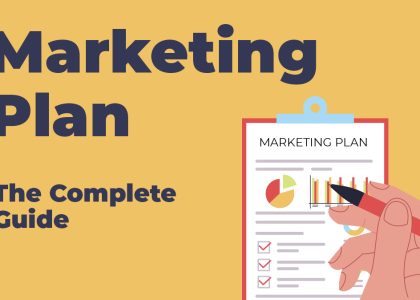
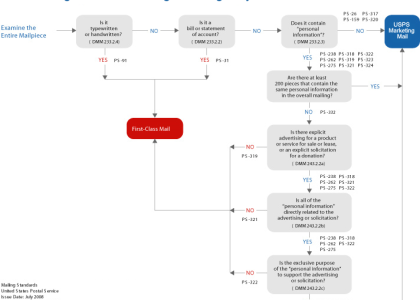



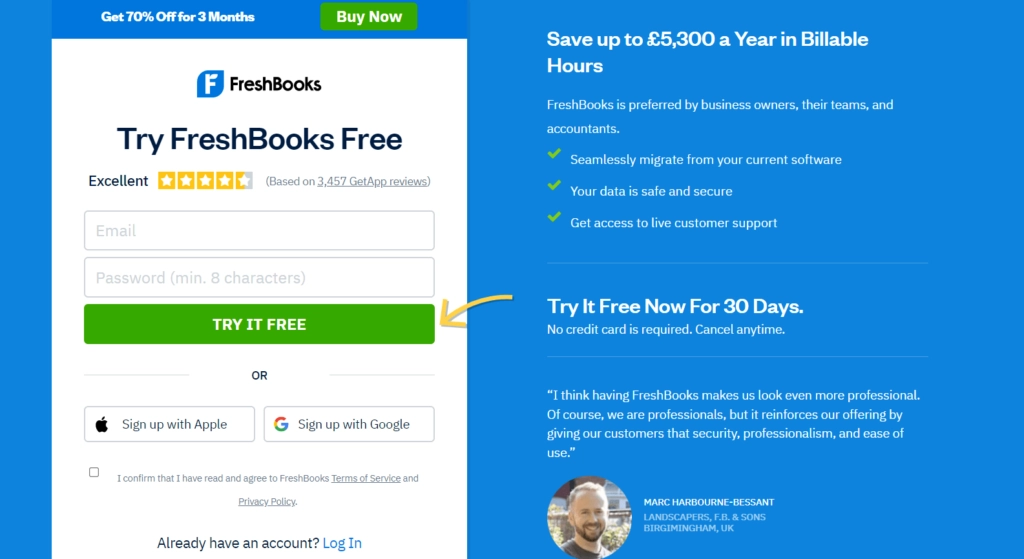
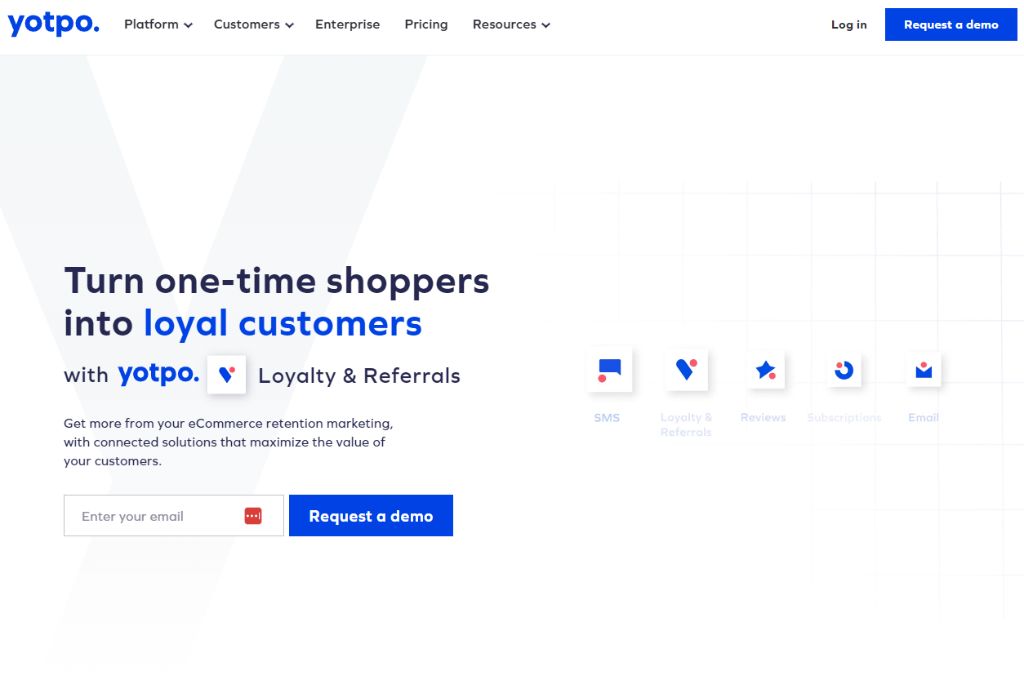
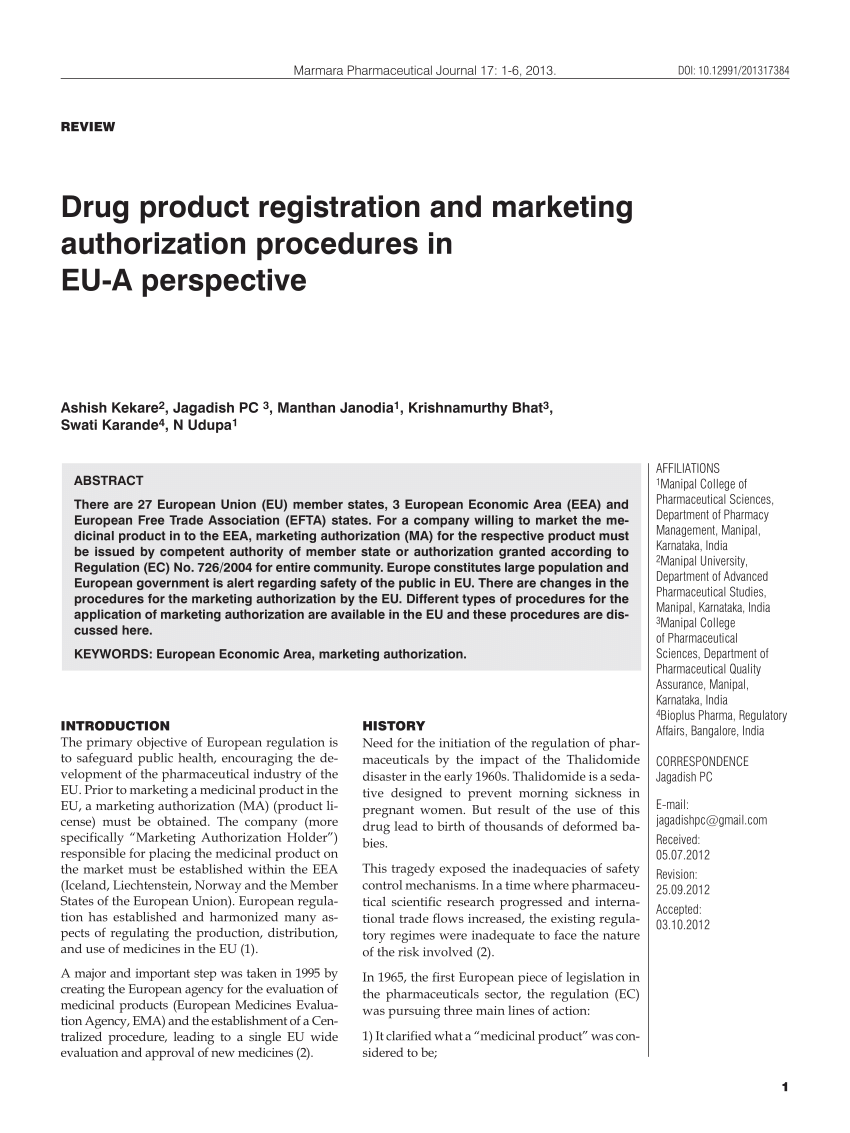
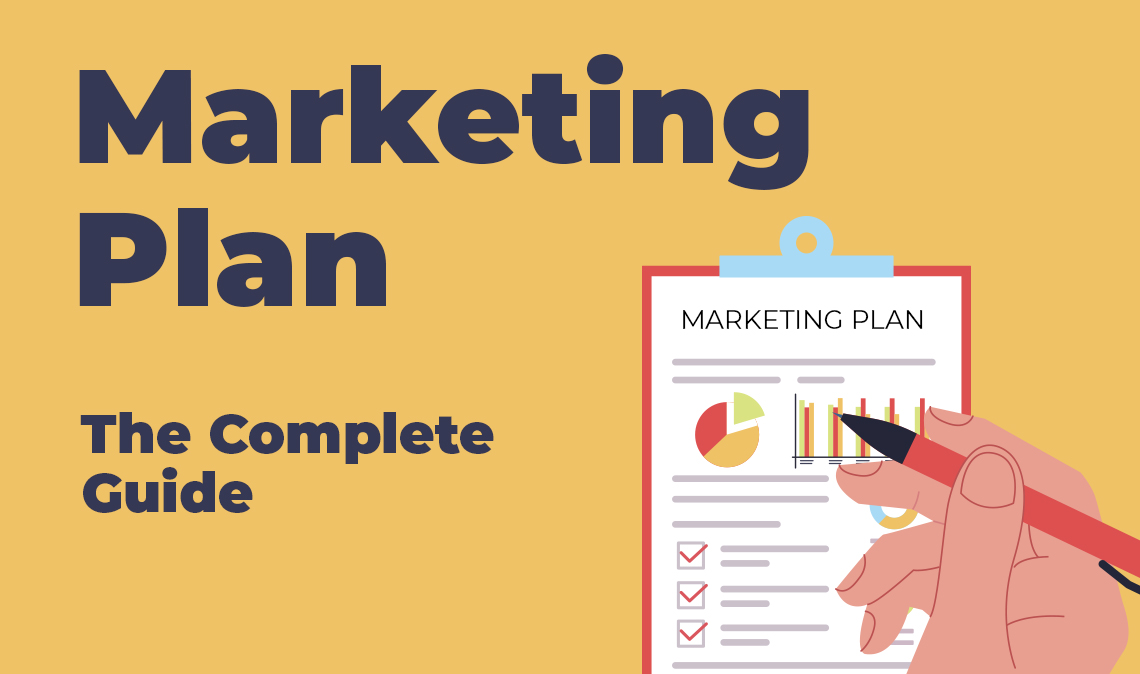
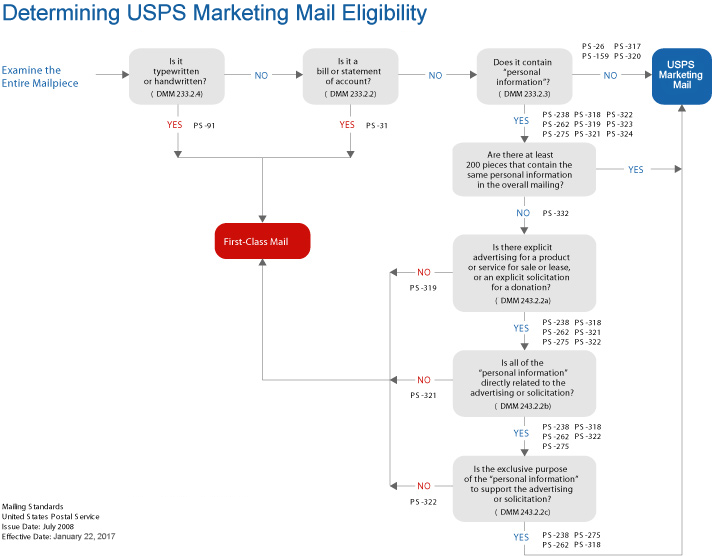
This article is a great introduction to analytics for anyone who wants to understand more about website performance. The author explains key metrics like bounce rate and conversion rate in a straightforward way that’s easy to grasp.
This article on restoration marketing analytics was incredibly informative and practical. It breaks down the basics in a way that even a beginner can understand and provides helpful tips for improving your marketing strategy. Highly recommend for anyone in the industry.
This article provides an excellent introduction to analytics, explaining what they are and how they can be used to improve business performance. It’s a great resource for anyone who wants to understand this critical tool in today’s business world.
I appreciated the in-depth explanation of different types of analytics and how they can be utilized to better understand your target audience. The author clearly has a wealth of knowledge and experience in the field, and their insights were invaluable.
If you’re just starting out with Google Analytics, this article is a must-read. It covers everything you need to know to get started, from setting up your account to creating custom reports. I found it really helpful!
The author does a fantastic job of breaking down complex concepts related to analytics, making them easy to understand even for beginners. The article provides practical tips and advice on how to use analytics to drive business growth.
As someone who has struggled to grasp the importance of analytics in the past, this article has been a game-changer for me. The author’s clear and concise explanations of key concepts have helped me to understand how analytics can be used to make better decisions.
As someone who struggles with data analysis, I found this article to be a game-changer. The step-by-step guide for using analytics effectively was easy to follow and provided actionable advice that I can implement right away. Thank you for making this topic accessible!
As someone who works in digital marketing, I found this article to be a helpful refresher on the basics of analytics. The author does a great job of breaking down complex concepts into easy-to-understand language.
I appreciate how this article goes beyond just explaining what analytics are and delves into how you can use them to improve your website. The section on A/B testing was especially informative.
One of the things I appreciate most about this article is that it doesn’t just focus on the theoretical aspects of analytics. Instead, it provides real-world examples of how businesses have used analytics to achieve measurable results.
The section on using analytics to measure ROI was particularly helpful for me. I never knew that it was possible to track the success of individual marketing campaigns so precisely. This article has given me a new perspective on how to evaluate the effectiveness of my company’s marketing efforts.
Overall, I found this article to be a comprehensive introduction to restoration marketing analytics. It covers all the bases, from defining key terms to analyzing data to making informed decisions based on the results. I will definitely be referring back to this resource in the future.
Overall, I highly recommend this article to anyone who wants to learn more about analytics and how they can be used to improve business performance. It’s an engaging and informative read that is sure to provide valuable insights to readers of all levels of expertise.
Overall, I thought this was a well-written and informative article on analytics. The author’s conversational tone made it a pleasant read, and I came away with a better understanding of how to use metrics to make data-driven decisions.